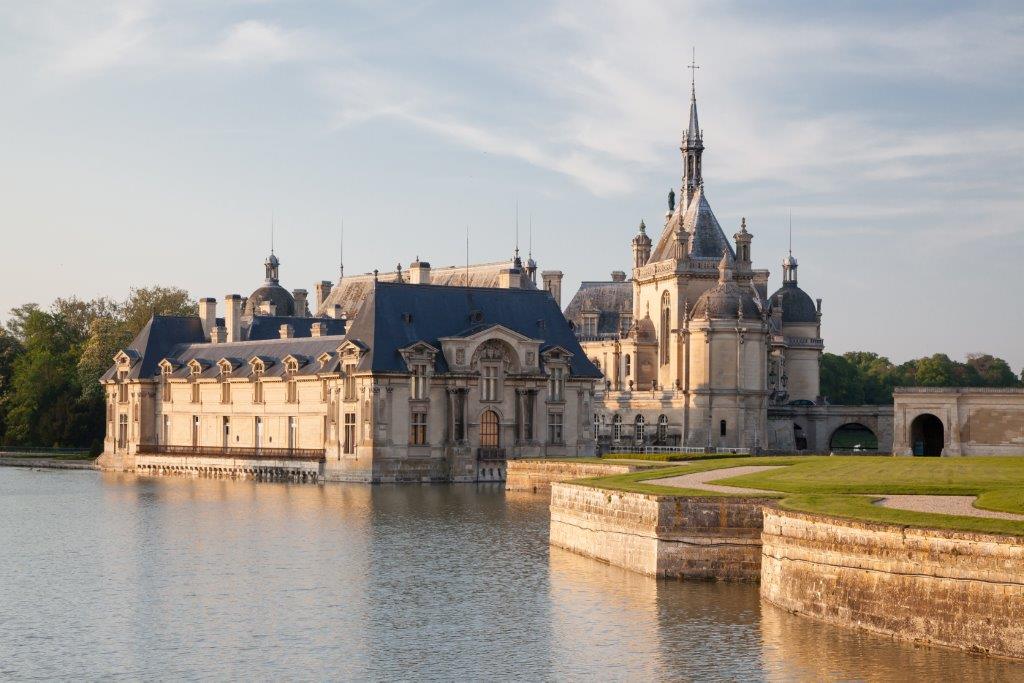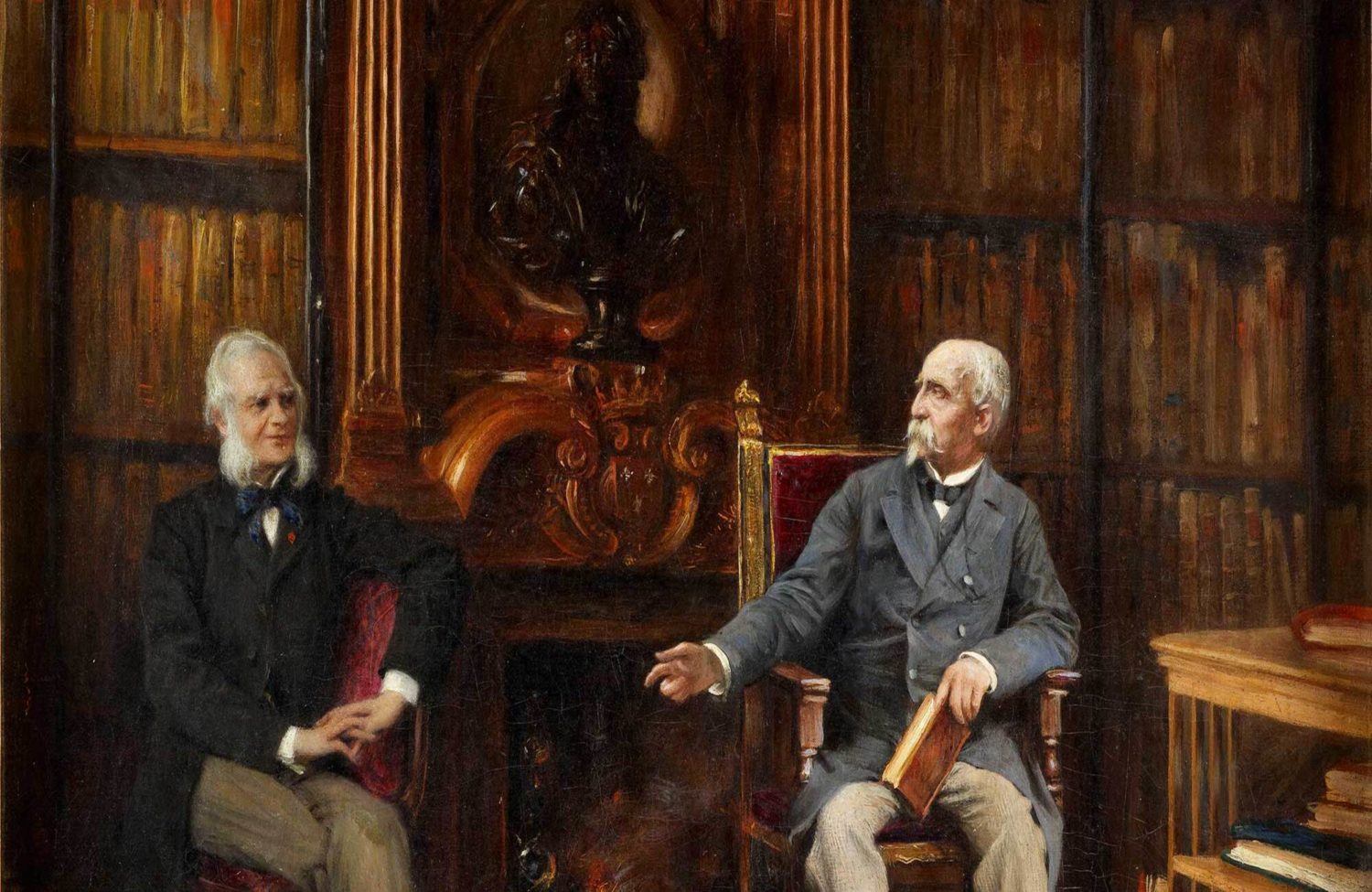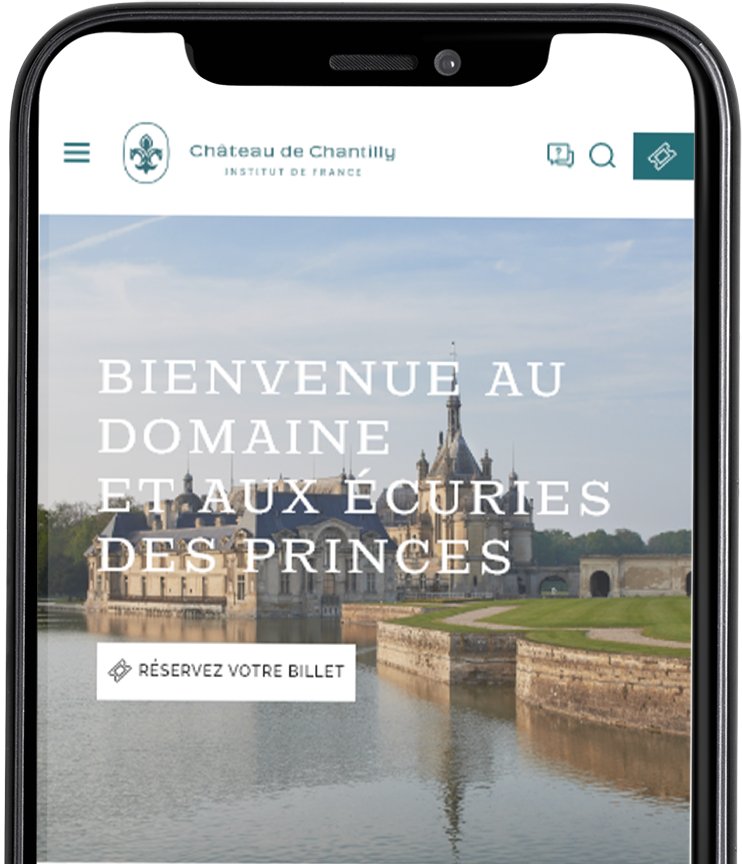An exceptional destiny
The Château de Chantilly is one of the finest jewels in the crown of France’s cultural heritage. It is the work of a man with an extraordinary destiny: Henri d’Orléans, Duke of Aumale (1822-1897), fifth son of Queen Marie-Amélie and King Louis-Philippe, the last King of France. Thanks to the precautions taken by the Duke of Aumale in his will, Chantilly remains, more than a century later, a showcase of preserved works where the charm of the 19th century continues to reign.
In 1830, the Duke of Aumale, aged eight, inherited the Domaine de Chantilly and a huge fortune from his godfather Louis-Henri-Joseph de Bourbon, the last Prince of Condé.
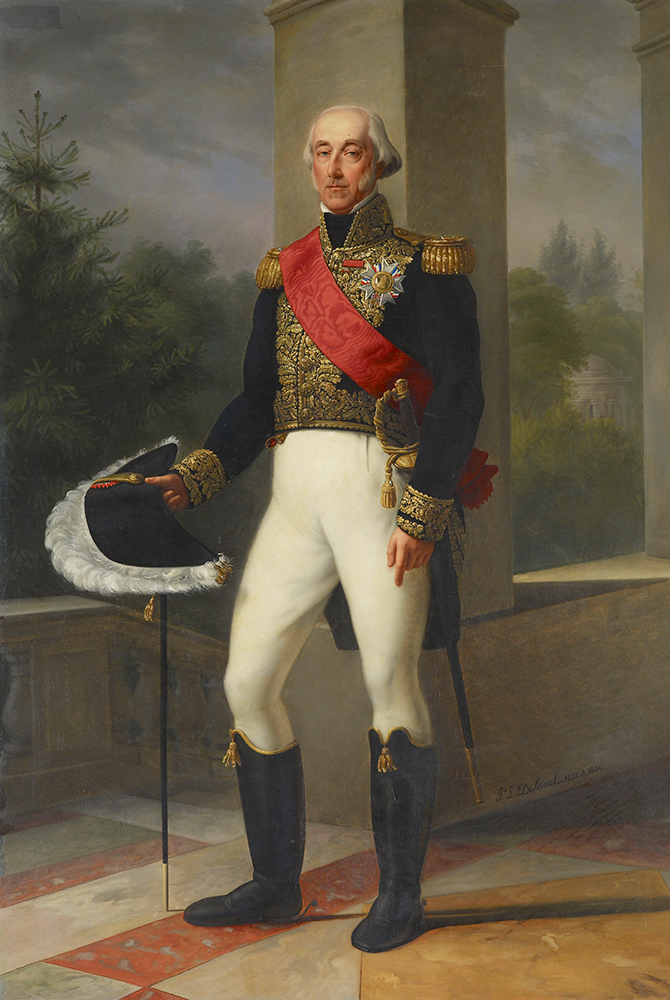
Louis-Henri-Joseph de Bourbon 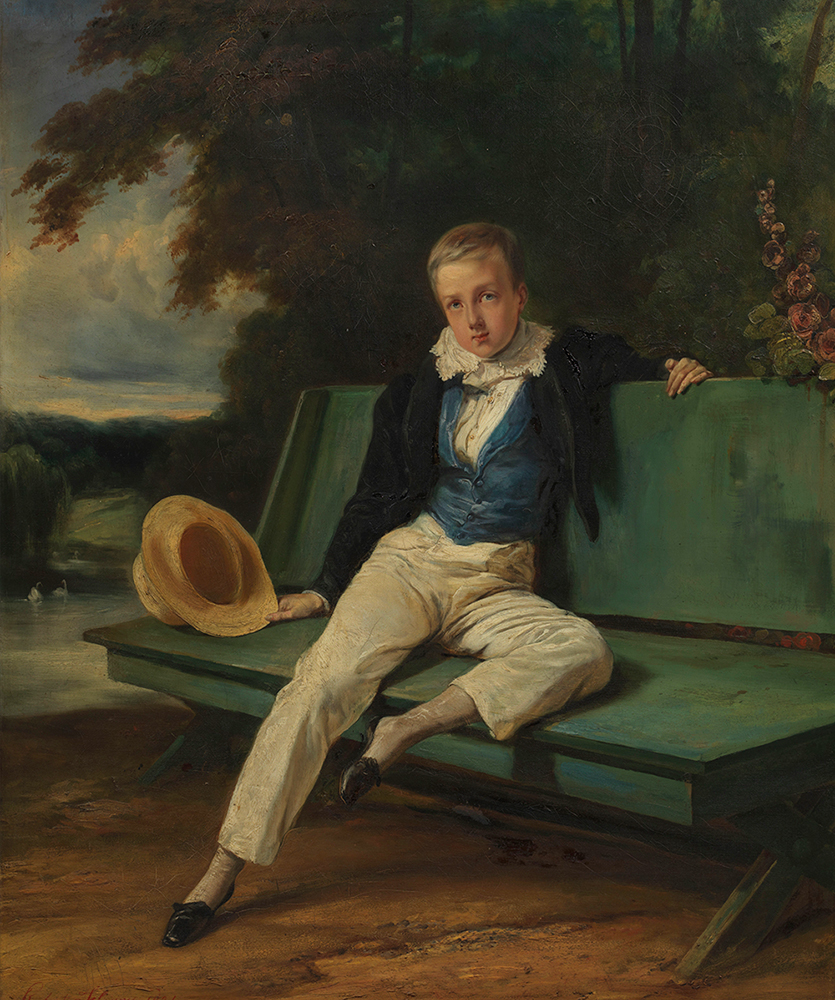
Henri d’Orléans, Duke of Aumale, kid
He thus became one of the most significant landowners in France and was constantly paying tribute to his ancestors and predecessors throughout his life. As a student at Henri IV high school in Paris, with a bright future ahead of him, the Prince opted for a military career. The Duke of Aumale began his army career in Algeria, distinguishing himself in May 1843 during the capture of the Abd el Kader encampment and became Governor General of Algeria in 1847.
In his function as Governor General he did not forget Chantilly however. During the Monarchy of July (1830-1848), shortly after his marriage to Marie Caroline de Bourbon, he had his private suites in Chantilly decorated by Eugène Lami, had a wooden gallery providing access to them constructed by the architect Duban and was working on a project to rebuild the “Grand Château”. But he had to leave France after the Revolution in 1848, when the monarchy was abolished.
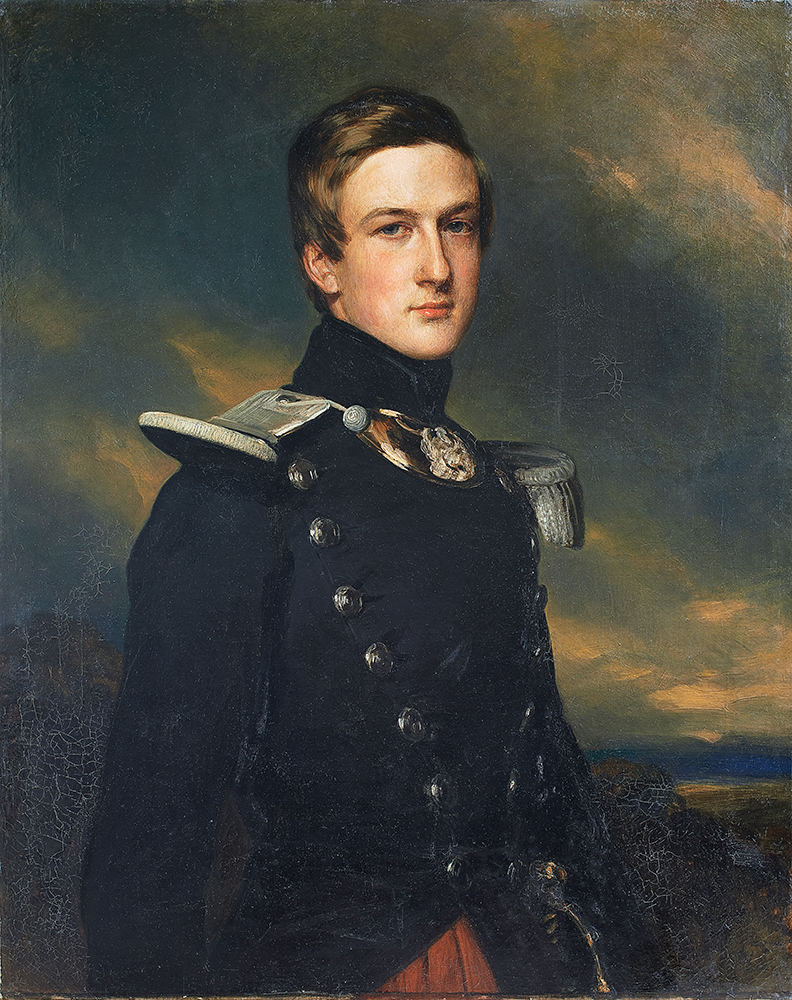
Duke of Aumale 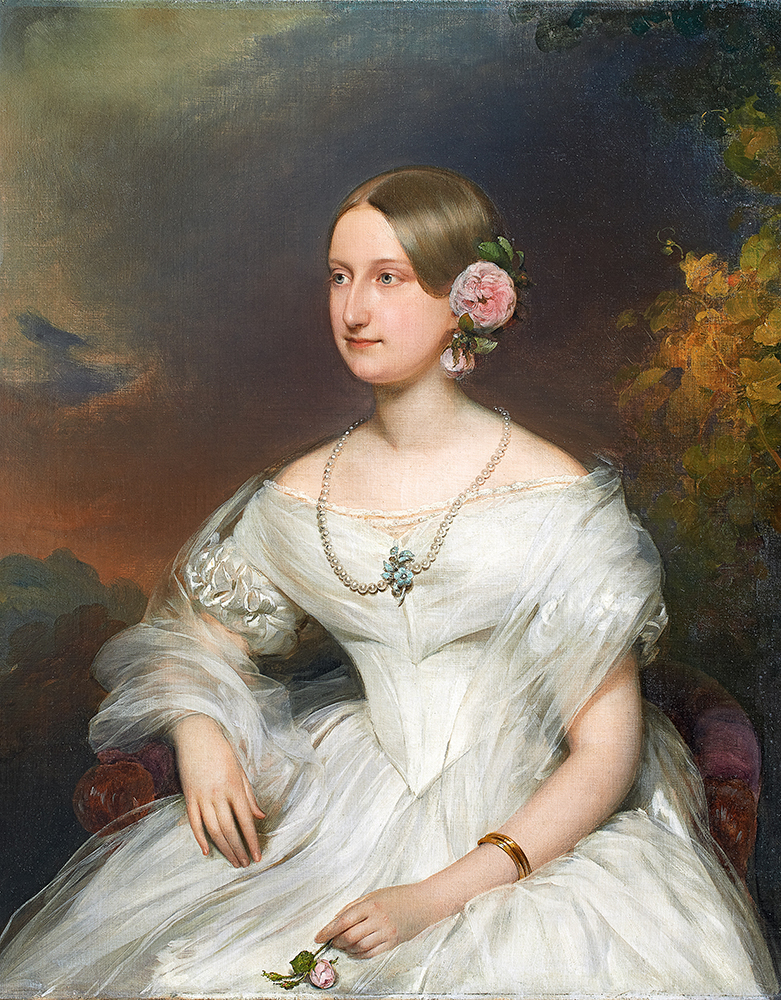
Duchess of Aumale

Exiled from 1848 to 1871 in Twickenham, near London, his motto became: “I will wait”.
Considered as the greatest collector of his time, the Duke of Aumale, assisted by skilled advisors, built up a fabulous collection of precious books, paintings, drawings and decorative art objects, with which he planned to enhance the family domain in Chantilly upon his return to France.
On his return in 1871, a widower who had lost his two sons at the age of 18 and 21, he had the “Grand Château” rebuilt (it had been destroyed in 1799 during the Revolution) by the architect Honoré Daumet from 1875 to 1885, to house his precious collections.
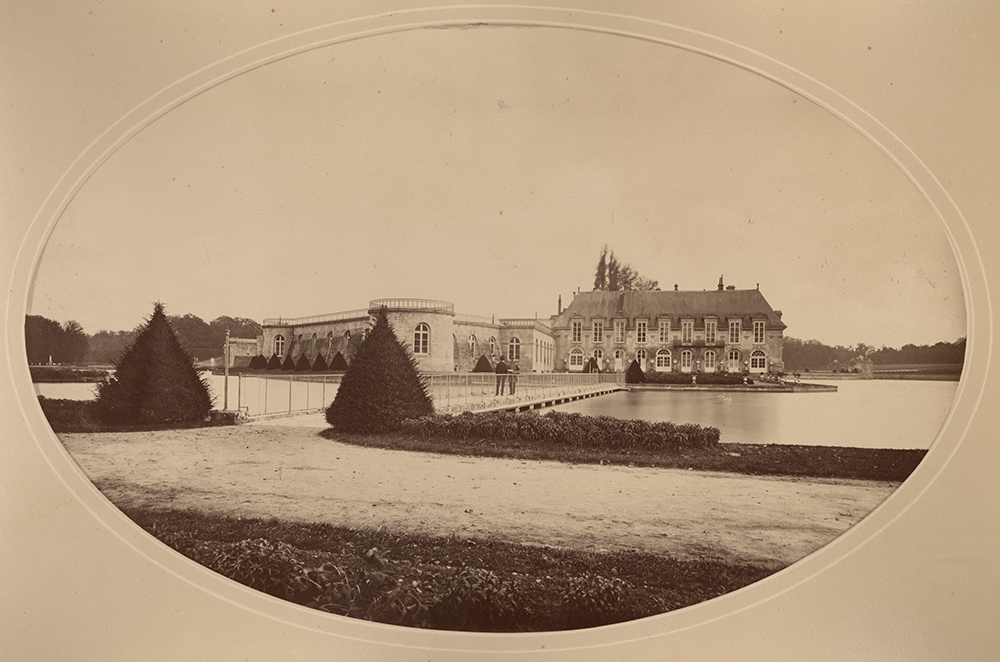
The “Grand Château” (destroyed during the Revolution) and the “Petit Château” 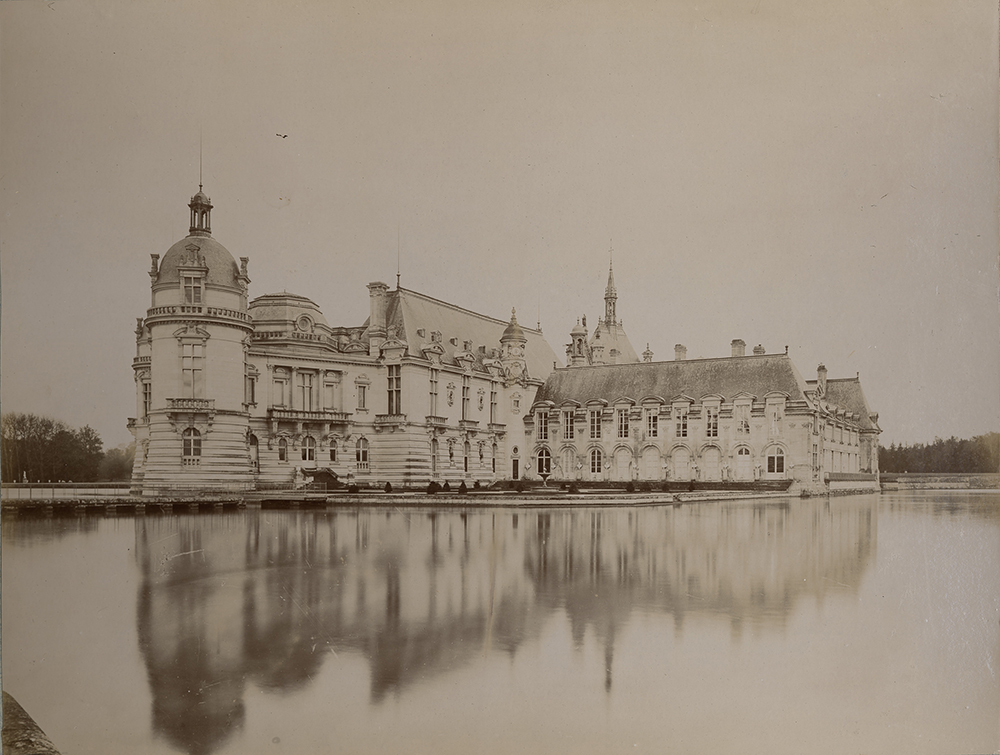
The “Grand Château” rebuilt from 1875
He then began a political career by becoming deputy for the Oise region in 1871 and he entered the Institut de France* as a member of the Académie Française (French Academy), the Académie des Beaux-Arts (Academy of Fine Art) and the Académie des Sciences morales et Politiques (Academy of Moral and Political Science).
With no direct living descendants, he bequeathed the Château de Chantilly and his precious collections in 1886 to the Institut de France, on condition that on his death, the Condé museum be opened to the public, that its layout be preserved and that the collections may not be loaned.
On 7 May 1897, the Duke of Aumale died in his property in Zucco, Sicily. In compliance with his wishes, the château opened its doors to the public on 17 April 1898 under the name of the “Condé museum”. The layout of the collections remains unchanged, the château looks as it did in the 19th century, and provides an opportunity to travel back in time to the heart of a princely residence.
* The Institut de France, created in 1795, brings together Five Academies: the French Academy, the Academy of Inscriptions and Belles-Lettres, the Academy of Science, the Academy of Fine Art and the Academy of Moral and Political Science.

